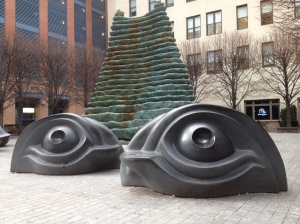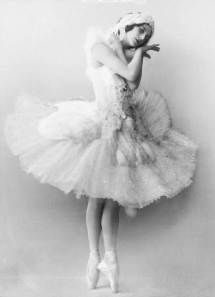The Intrinsic Impact of Art on Community
Many arguments for art ground themselves on extrinsic impacts, economic growth for example, but for communities like individuals, the greatest impact is intrinsic. Just as we as individuals employ art to reflect on questions of substance and explore issues of curiosity and controversy, so too do entire communities find meaning, happiness, and collective identity through art. Yet not often enough do we value art in this way, and it is time that we should. Andrew Swensen writes, “Yes, art makes communities more fulfilled. And yes, a fortunate byproduct of that sensibility is improved economic prosperity. So let’s talk about making artful communities because of the intrinsic impact, and then be pleasantly grateful for the secondary extrinsic consequences that follow.” Fortunately, thanks to the shifting discourse of the 21st century, evident in integrated thinking of TED talks and with a little help from at least one neuroscientist, we may already be heading in the direction of a more unified view of artistic thinking as part of a healthy society.
Join us for our latest reflection on arts and society, “The Intrinsic Impact of Art on Community” (click here to read full article).












